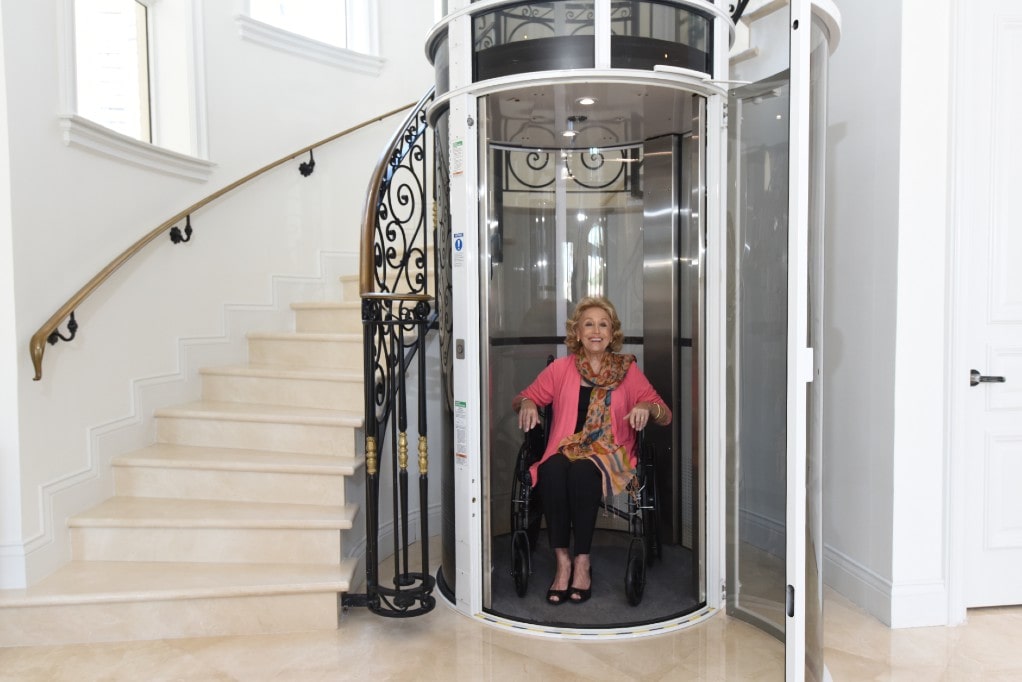Economical Lift Repair Near Me: Expert Technicians at Your Solution
Looking Into the Globe of Lifts: Common Issues Faced by Various Lift Devices
As we browse through the vertical transportation systems of modern buildings, elevators stand out as an important element of our everyday lives. From hydraulic elevators to grip systems and machine-room-less designs, each lift kind comes with its collection of typical concerns.
Hydraulic Lifts
Hydraulic lifts, usually liked for low-rise buildings, use fluid pressure to regulate the activity of the lift car (lift repair companies). This system involves a hydraulic pump pushing oil into a cylinder, triggering the lift to move in the wanted direction. While hydraulic elevators are recognized for their peaceful and smooth operation, they do feature their own set of typical concerns
One common problem with hydraulic elevators is oil leak. The seals in the hydraulic system can use out over time, causing oil infiltration. This not just creates a mess yet can additionally influence the elevator's efficiency if left unaddressed. Additionally, issues with the control system, such as defective valves or a malfunctioning pump, can cause disturbances in the elevator's motion.
Regular upkeep and prompt fixings are vital to make sure the smooth functioning of hydraulic lifts. By dealing with these usual problems proactively, structure proprietors can minimize downtime and make certain the safety and security and performance of their vertical transport system.
Grip Lifts
When thinking about upright transportation systems in structures, one more typical kind aside from hydraulic lifts is the traction lift. Grip elevators operate using a system of ropes and weights that relocate the elevator vehicle by clutching onto the hoist ropes. This system permits smoother and much faster vertical transportation compared to hydraulic systems.
Among the common concerns encountered by traction lifts is rope wear. The consistent movement of the ropes within the grip system can lead to tear and use in time, potentially causing the elevator to breakdown or become hazardous for use. Regular assessments and upkeep of the ropes are important to make certain the lift's appropriate functioning and safety.
One more concern that grip elevators might experience is connected to the control system. Issues with the control system can bring about concerns such as irregular activity, delays in action times, or even complete shutdowns. Regular screening and maintenance of the control system are essential to protect against such issues and make sure the lift's dependability.
Machine-Room-Less (MRL) Lifts

Among the crucial components of MRL elevators is the compact gearless grip equipment that is installed within the hoistway. This machine efficiently drives the elevator vehicle without the need for bulky tools found in traditional grip elevators. Furthermore, MRL elevators typically utilize a weight system to stabilize the vehicle, further boosting their energy efficiency.
Regardless of their advantages, MRL lifts may deal with difficulties related to repair and maintenance as a result of the restricted area for tools installment. Access for servicing elements within the shaft can be restricted, needing specialized training for specialists. Appropriate maintenance schedules and regular assessments are important to make certain the ongoing visit this site right here smooth procedure of MRL lifts.
Overloading and Weight Limitation Issues
Straining and weight restriction concerns are essential worries in lift operations. Elevator suppliers style lifts with specific weight abilities to ensure passenger security and tools long life.
When elevators are strained, it places too much strain on the electric motor, cable televisions, and other components, potentially triggering breakdowns or breakdowns. Safety devices such as sensors and overload sensors are in area to avoid lifts from moving if they find excess weight. Furthermore, exceeding weight limits can bring about increased power consumption and deterioration on the lift system.
To minimize straining concerns, building supervisors need to prominently present weight limits in lifts and inform residents on the relevance of adhering to these restrictions - lift repair companies. Routine upkeep checks by qualified professionals can likewise assist ensure that lifts are operating within risk-free weight specifications. By attending to overloading and weight limit issues proactively, building owners can boost lift safety and performance
Electric System Failures
Going beyond weight limitations in elevators can not just lead to mechanical issues however likewise potentially add to electrical system failings within the lift facilities. Electric system failures are a vital issue in elevator procedure, as they can cause unanticipated closures, malfunctions, or even security hazards.
Routine maintenance and assessments are crucial to determine and deal with prospective electrical issues immediately, making sure the secure and effective operation of lift systems. By adhering to weight limitations and carrying out regular electrical system checks, structure proprietors can alleviate the danger of electrical failings in lifts.
Verdict

Hydraulic lifts, commonly preferred for low-rise buildings, utilize fluid stress to control the movement of the lift vehicle.When thinking about vertical transport systems in structures, an additional usual type apart from hydraulic elevators is the grip elevator. Traction elevators operate making use of a system of ropes and counterweights that move the elevator vehicle by clutching onto the hoist ropes. Unlike traditional elevators that call for a different maker space to house the tools, MRL elevators integrate most of the elements within the shaft, getting rid of the need for a committed maker room.In final thought, elevators face usual issues such as hydraulic breakdowns, grip system failings, and electric system problems.